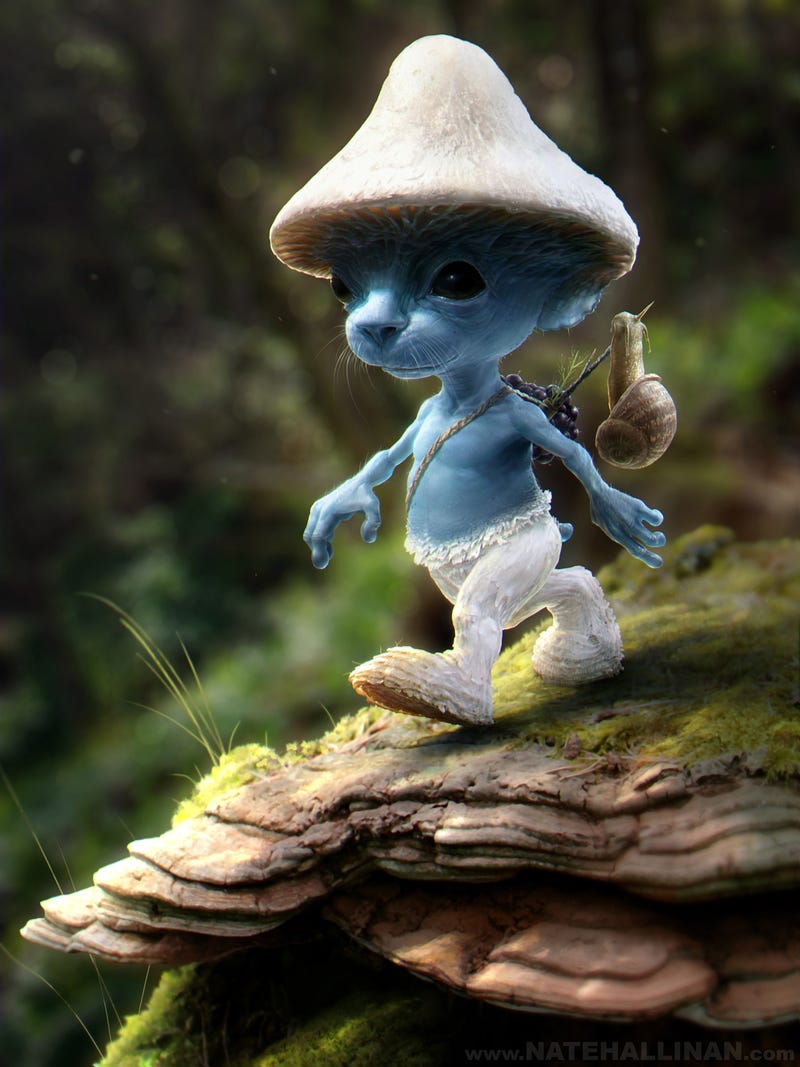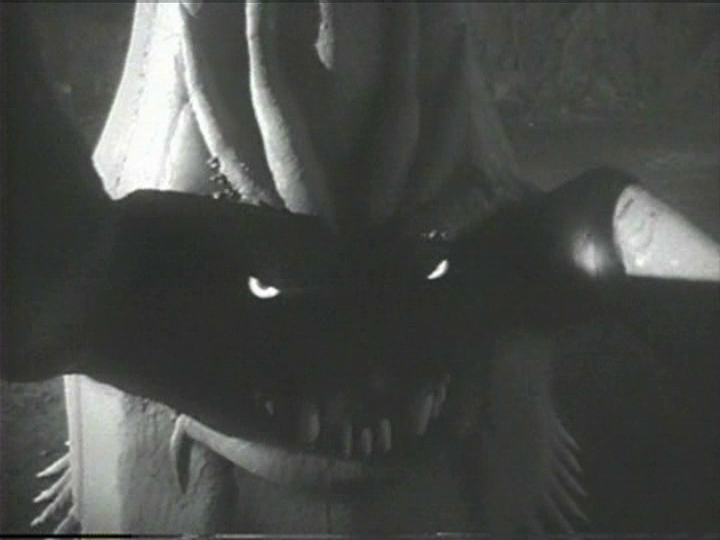I never watched The Big Bang Theory once, much less a million times. But I haven’t been living under a rock so I have been aware that the two lead characters are named Sheldon and Leonard. However it was only today that I realized their names must be a reference to sitcom maker Sheldon Leonard.
Yes, it is. The show’s creator says he did that intentionally.
The lead characters were initially called Penny, Lenny & Kenny. But creator Chuck Lorne decided that was too cute, changed Lenny to Leonard, and realized changing Kenny to Sheldon would be a great tribute.
The original unaired pilot had characters named Katie, Leonard and Sheldon. Plus a Gilda who Sheldon had previously slept with. :eek: No Raj or Howard. Vernee Watson as the sperm bank nurse and Brian Patrick Wade as Kurt are the only people besides Galecki and Parsons to return for the new pilot (and for several other episodes as well).
So “Penny” was named after Sheldon/Leonard were. Which makes the Penny/Lenny/Kenny tale unlikely.
I love method soap, and was opening a box at work, whereupon I had the following exchange with a co-worker
Me; Oh, look. Holly Berry
Her: I think it’s pronounced Hal-lee.
Me: No, it says “Holly.”
Her: It’s Hal-lee. Halle Berry
Me: Oh.
Well, it’s a cute play on words, and the soap smells really good.
Maxwell’s Silver Hammer
Maxwell is in college “Maxwell Edison, majoring in medicine” but his teacher treats him like a schoolboy "Writing 50 times, “I must not be so oh-oh-oh.”
No, the school is a flashback to Maxwell’s previous murder when he was a child.
I love this animated version.
It took me a long time to realize that “Nickleodeon” is really a “Nickle Odeon” – an Odeon that costs a nickle. An “Odeon” was ancient Greek or Roman theater specifically built for music. Later it was the name of a luxurious theater in Paris. The name was appropriated by theaters across the United States in the early 20th centuries, then “nickleodeon” was coined for small movie theaters. The idea was clearly that, for a mere nickle, you could have a show.
The name is parallel to “Penny Arcade” – a venue for literally penny-operated mechanical devices. The first penny arcades were outgrowths of the Phonograph Listening Parlors made to popularize the earliest recordings. They added other devices, most importantly the newly-developed mutoscope, that flip-card device that shows you a brief movie. Dickson, who used to work for Edison, designed them to compete with Edison’s kinetoscope, which showed customers a private celluloid movie. The Mutoscope didn’t break down the way Edison’s Kinetoscope did, and was cheaper to make an manufacture. There are still a lot of them around today. Seen any Kinetoscopes, ever?
In any event, they used the name “Arcade” after a shopping venue in the Midwest, adding “penny” to tell you the cost of the devices. Penny Arcades in new York City would have hundreds of mutoscopes, each showing a different feature. They added other inexpensive devices – “Uncle Sam” test-your-strength machines, pennt postcard dispensers, “Love Testers”, Fortune Tellers, and the like.
I hadn’t realized that the names “Nickleodeon” and “penny arcade” were such close parallels.
Good one. I’ve known the definition of “odeon” for as long as I can remember, but you’ve just now made me aware of the Nickle-Odeon and Penny-Arcade parallel. How in the world could something so obvious never have occurred to me?
There’s another type of Nickelodeon too. They were simular to player pianos except they were an amalgam of a bunch of different instruments. They had several working models on display at the Lightner Museum. Really neat to watch.
You sure because it was “back in school again” which makes it sound like it was after he offed Joan.
And “Motorola” was coined to highlight the radios being made to go in cars (“Motor”) with “ola” being a name ending that was in vogue (Victrola, Crayola).
Okay, this one isn’t really “obvious”, but I just got all the pieces to put together.
Night before last I was re-watching the MST3K version of the wonderfully bad Roger Corman film It Conquered the World. I’d seen this film numerous times as a kid, and had images from it in my issues of Famous Monsters and on trading cards (really!) The titular “It” is one of the least threatening monsters, and one more calculated to make you laugh. It looks like a giant horned teepee with an evil under-fanged leering face and a pair of anomalously long crab-like pincers. It’s the work of the amazing Paul Blaisdell. In his five-year career he created lots of visually impressive monsters for Grade B monster movies.
You can see color pictures of the thing in the book It Came from Bob’s Basement, or at on line sites that took pictures from there. It’s a bright red:
When I was a kid, people called it “the cucumber monster”. Blaisdell called it “Beulah” (or “Beluah” – accounts differ)
If you haven’t seen the movie (and I strongly recommend that you do, especially as filtered through MST3K), it features a scientist (played by Lee Van Cleef) who is in league with this creature (who’s from Venus, and hitched a ride on a US satellite). He thinks the ting is going to usher in a Golden Age on earth, when what it really wants to do is control the Earth and provide a haven for the other eight Venusians, all that are left. Another scientist (played by Peter Graves), opposes him. So does the first scientist’s wife (played by Beverly Garland). Beulah “conquers” the world by turning off all the electricity, having evidently seen The Day the Earth Stood Still. Beulah also stops all the water from running, somehow. Beverly Garland tries to kill it, but ends up killed herself, after which Van Cleef kills it with a blowtorch (!!) and gets killed himself, somehow, by those giant foam-rubber pincers. Then Peter Graves gives a pretentious speech.
What I hadn’t realized, until I looked up the film on the internet sites, was that Corman or Blaisdell or the screnwriter decreed that Beulah was not an animal, but actually a fungus.
Wait, a fungus? Where have I heard this before?
Hmm – a red-pink creature with a crab-like appearance comes from another planet in our solar system to take over the Earth with the help of sympathetic human beings and ones that it “controls” Where…
Oh, God. Corman adapted H.P. Lovecraft’s The Whisperer in Darkness.
All we’re missing are Lee van Cleef’s face and hands left on a chair at the end.
Beulah is one of The Fungi from Yuggoth.
Cal, you learned too late that Man is a feeling creature…
Okay, maybe not completely on topic because I feel it was subtle rather than obvious. But I rewatched Avengers: Endgame this week and I’ve had a substantial reappraisal of how I see one of the characters.
When I watched the movie the first time, I thought Jim Rhodes (Don Cheadle) was acting like a jerk. He snapped at and insulted other team members for no apparent reason.
But watching the movie a second time, I figured out the meaning behind it. It was showing how much Rhodes was still affected by past traumas. Not only the failure to stop Thanos but also being paralyzed during Civil War. I think he resented the way that other characters were shown sympathy for the suffering they had experienced and nobody seemed to be acknowledging what he was going through. And I think he resented the way other characters were willing to put the events of Civil War behind them and reform a team with people they had fought against. But Rhodes couldn’t just forget the past; he woke up with it every day.
Maybe I’m giving myself too much credit, but I feel it was easy to miss this the first time around. Jim Rhodes was not one of the main characters in a movie that had a lot of main characters who had their only stories to tell. And unlike most of the other stories, Rhodes’ story never really got resolved. He was still paralyzed at the end of the movie. It was basically a quiet background story about a character who endured hardships and kept on doing his job.
The obvious thing I missed just now, until I was a paragraph and a half into your post, was that you were NOT talking about Steed and Mrs. Peale.
Not the first time this has happened to me since the Marvelverse dominated the time-stream.
Frank Zappa’s preamble to the song Cheepnis:
“…The monster looks sort of like an inverted ice-cream cone with teeth around the bottom. It looks like a teepee or. … sort of a rounded off pup-tent affair, and, uh, it’s got fangs on the base of it, I don’t know why but it’s a very threatening sight, and then he’s got a frown and, you know, ugly mouth and everything…”
Today on the radio I heard Phil Collins’ In The Air Tonight and realized that he’s not saying what I always thought he was saying. The correct lyrics:
I thought he was saying, “Hold on”. :smack:


